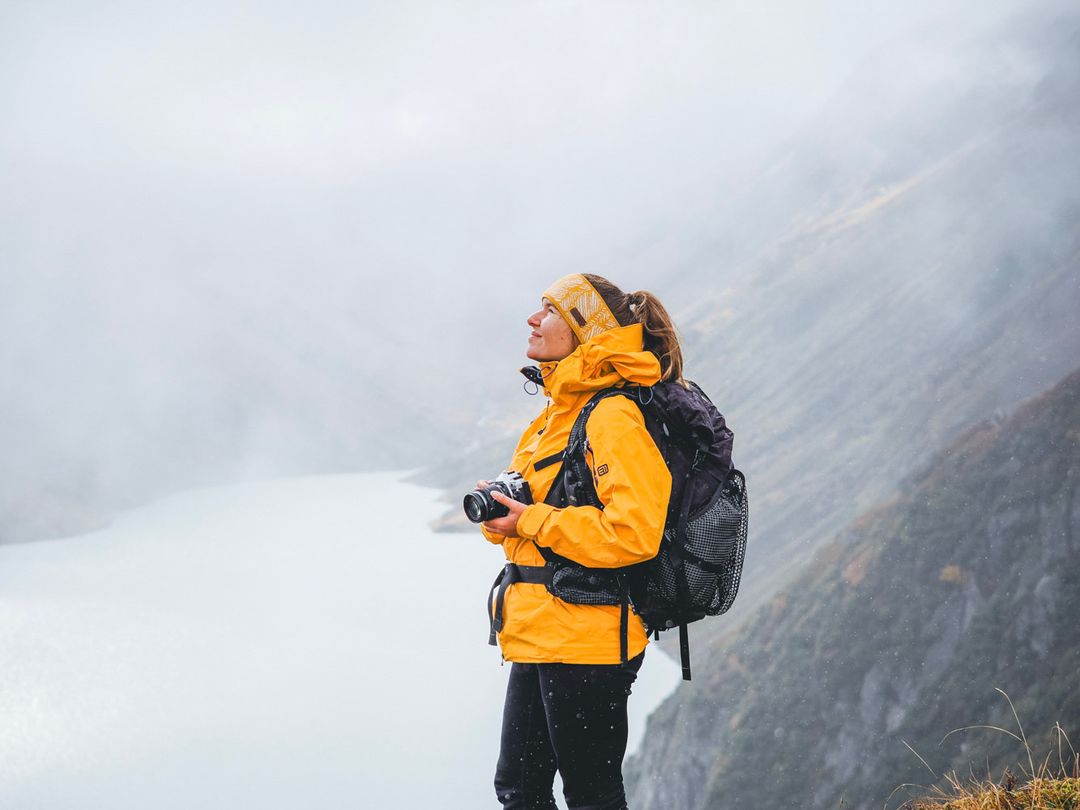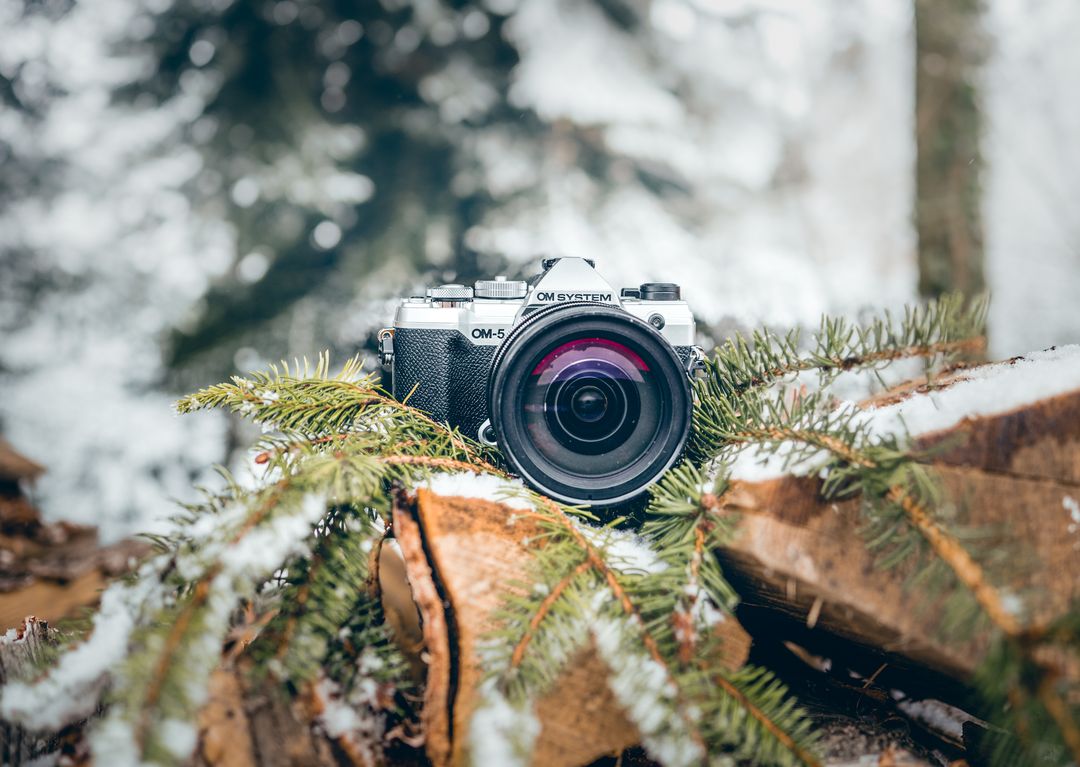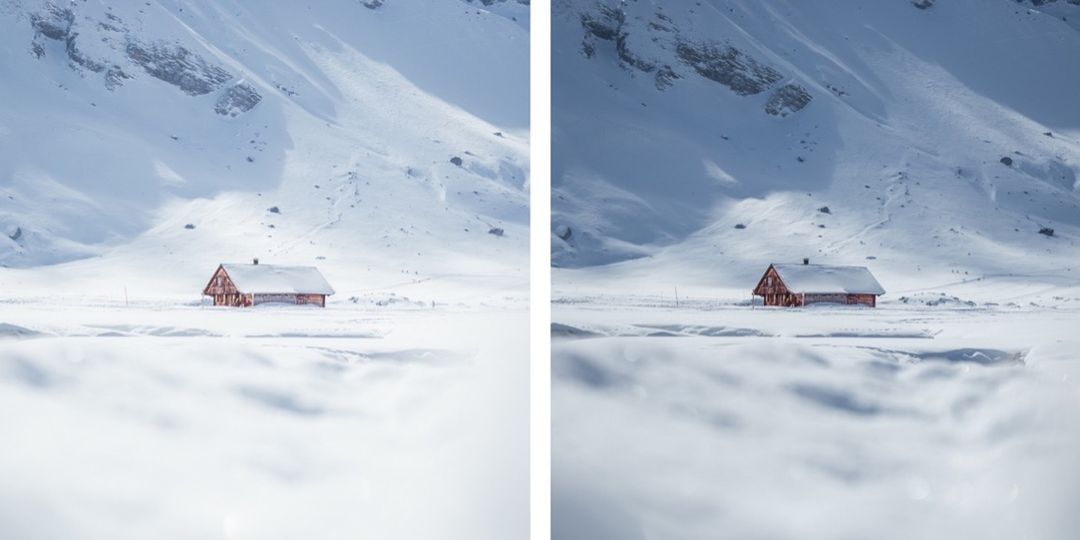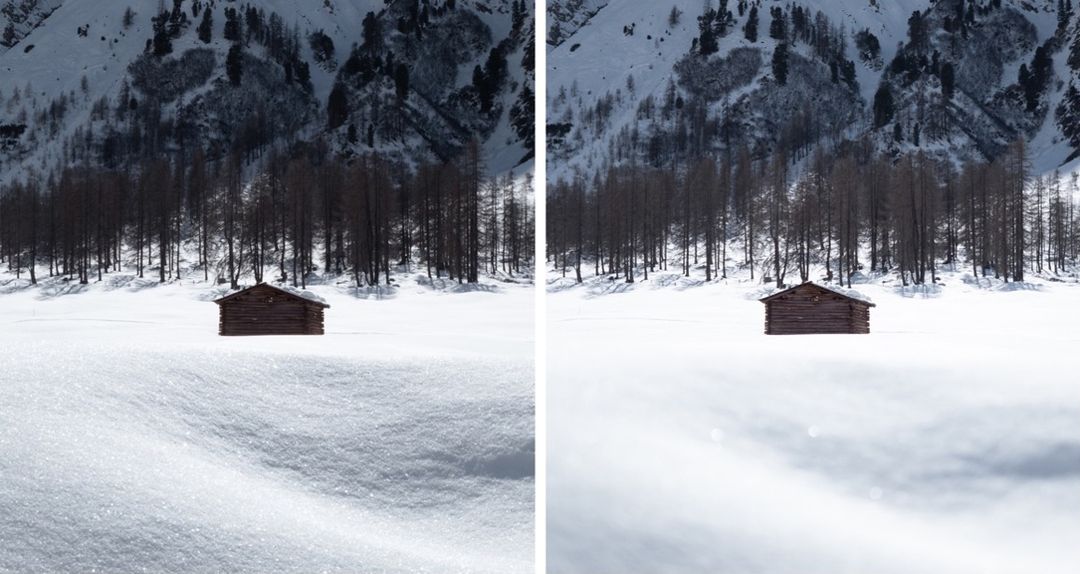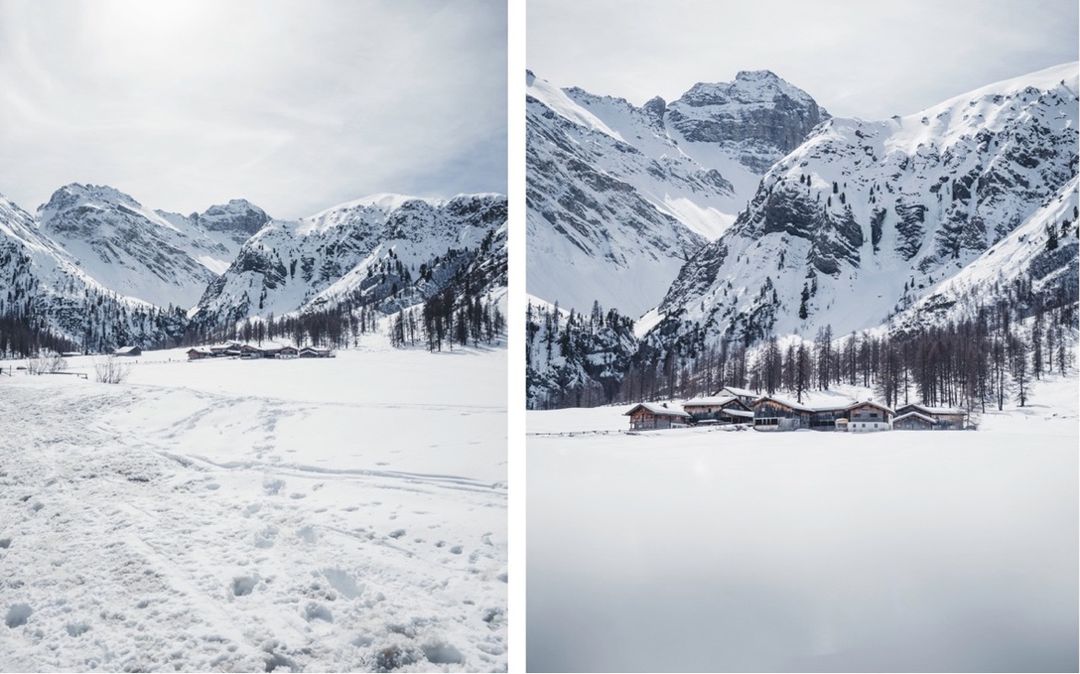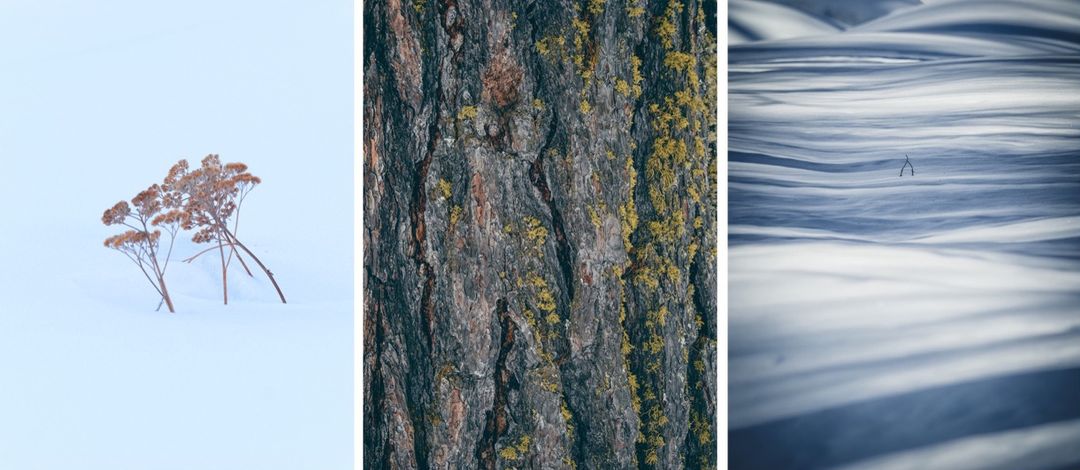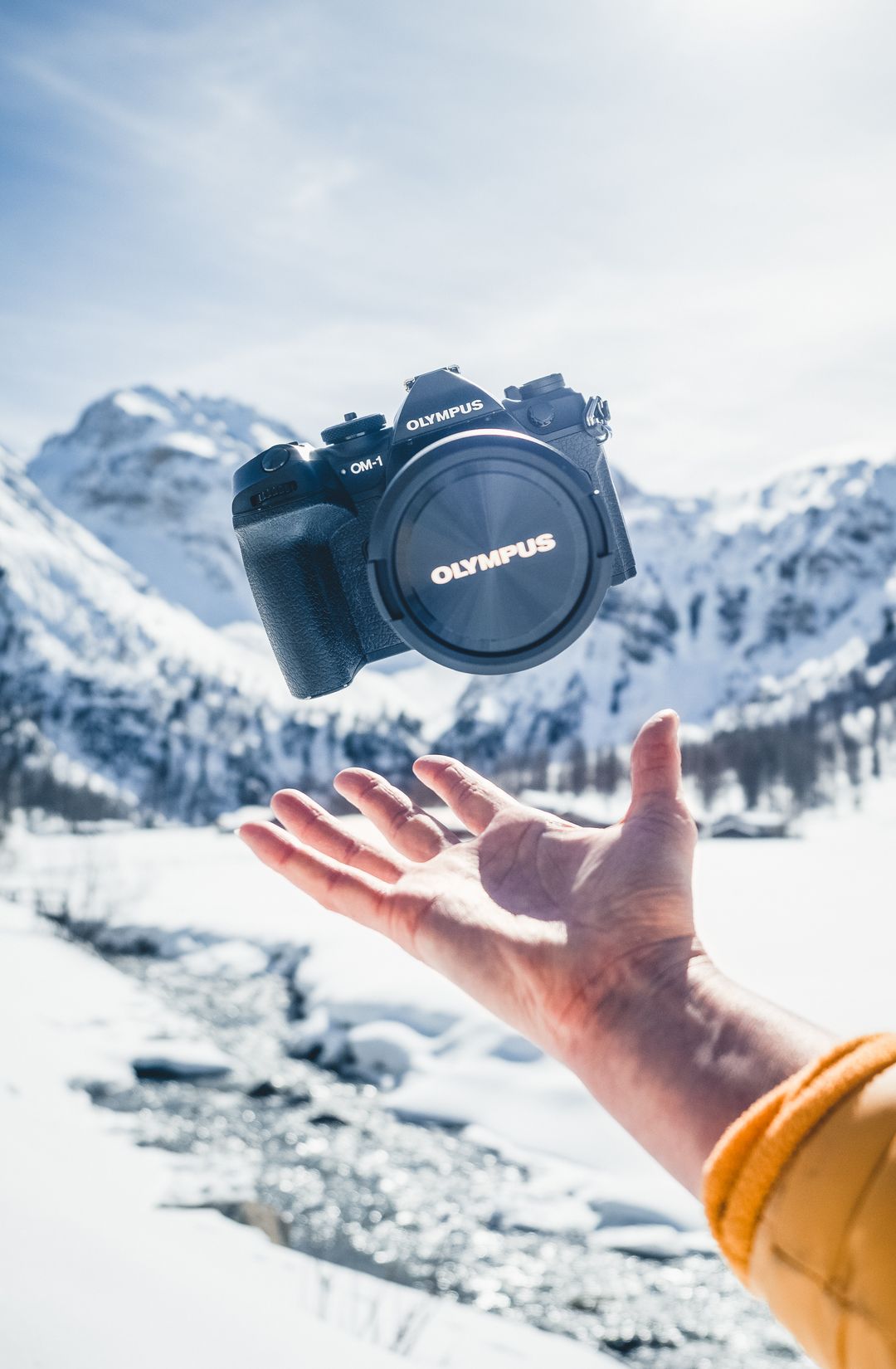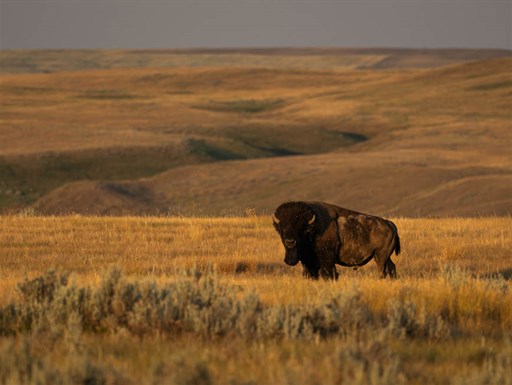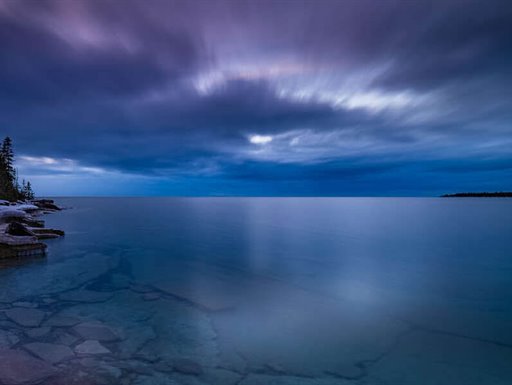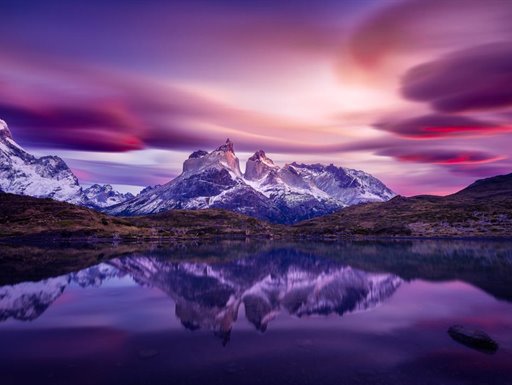Visual storyteller fueled by nature & raw wilderness, finding joy in outdoor minimalism. OM System Ambassador.
Born in the 80s in Cologne and calling Switzerland my home since 2007. My greatest passion is storytelling and photography – my first savings were spent on an (analogue) camera in 1996. Nowadays I'm capturing all the beauty around me with an Olympus OM-1 & OM-5. I’m enthusiastic about storytelling and experiences around the outdoors, as well as the question of how life can be lived more sustainable and environmentally friendly.
My outdoor passion entails hiking, camping, bivouacing, skicamping, skitouring, slacklining climbing, via ferratas, trailrunning and outdoor survival skills. I just love to roam the mountains and capture all the adventures that I encounter when I leave my comfort zone!
Follow me on Social Media or have a look at my blog to read stories like "The coldest night of my life - wintercamping at -30 degrees": juliawunsch.ch
